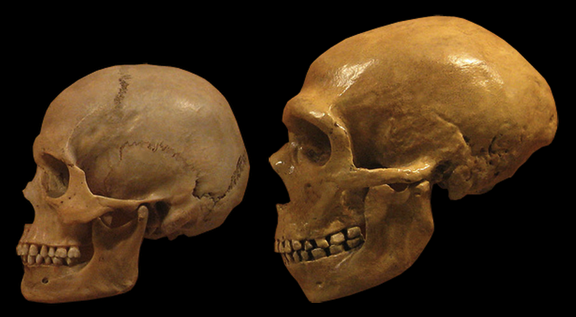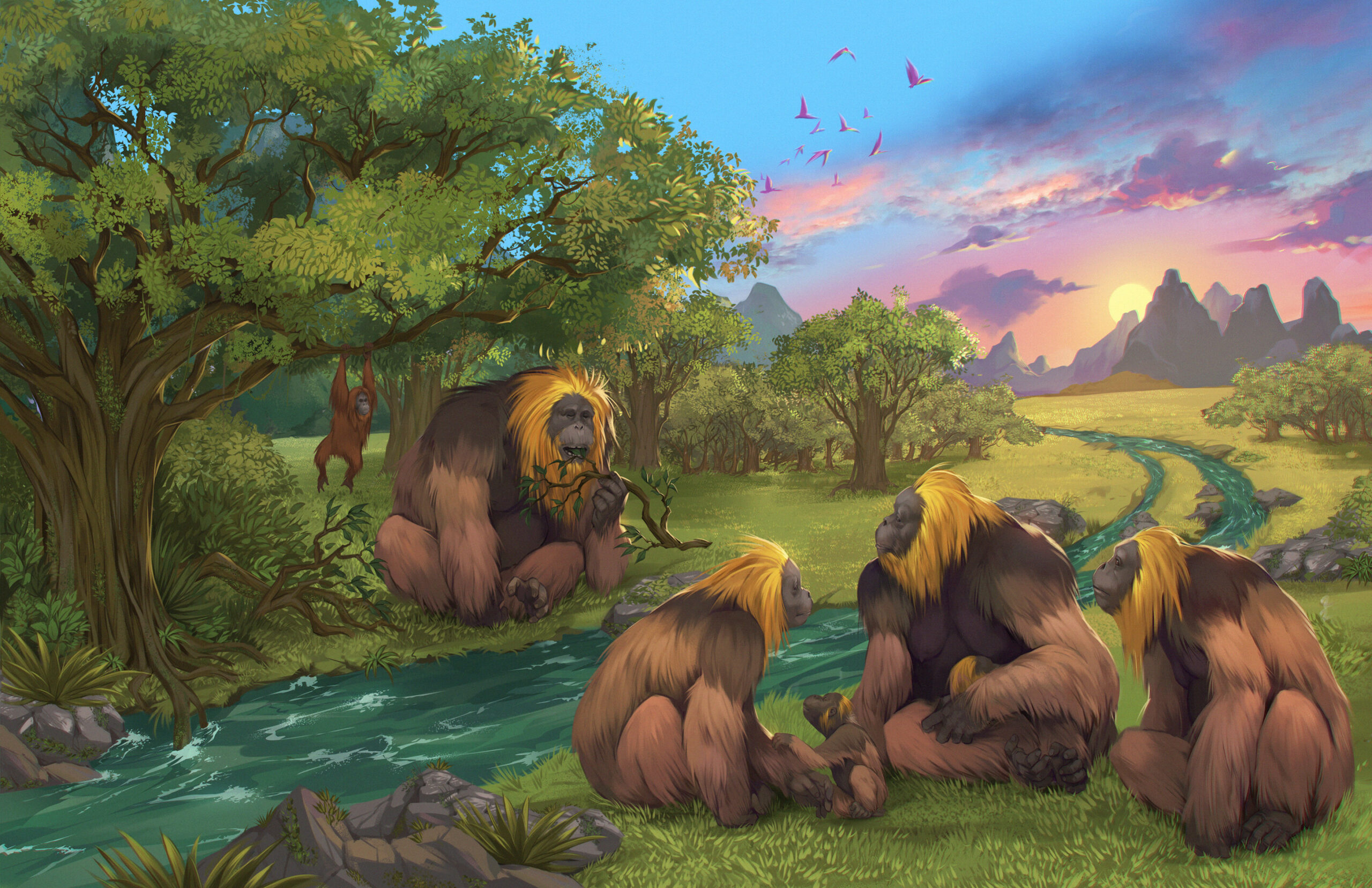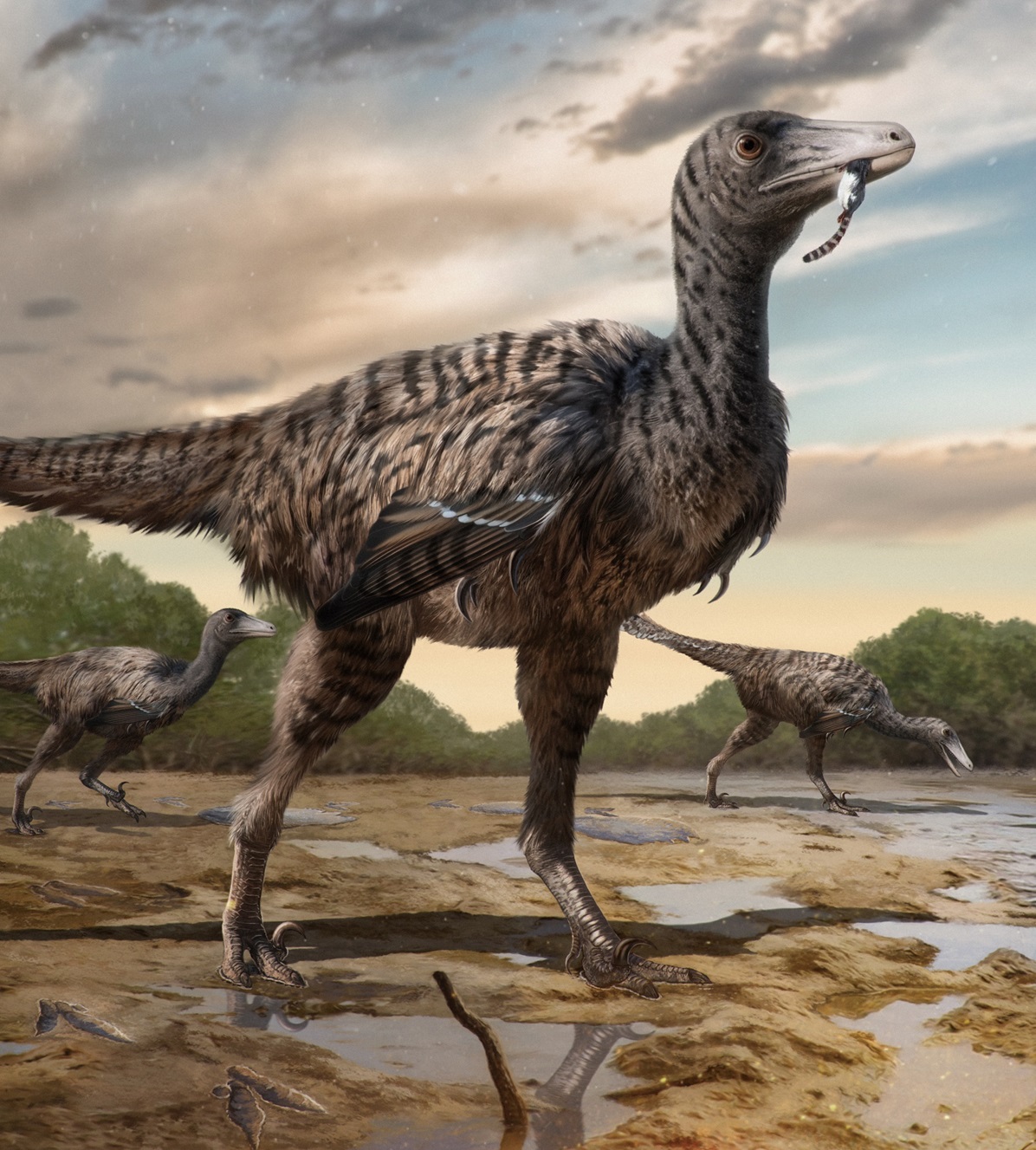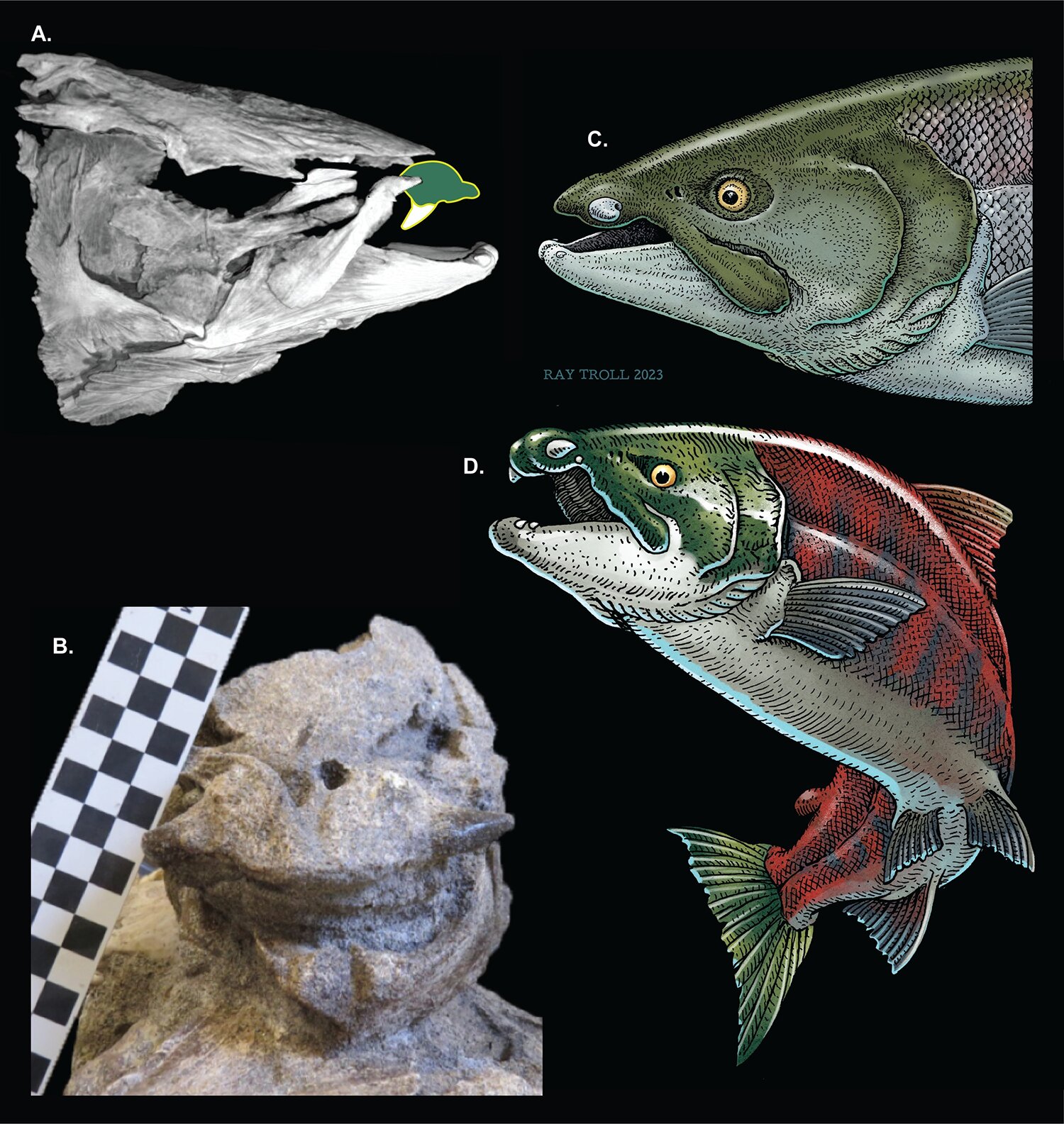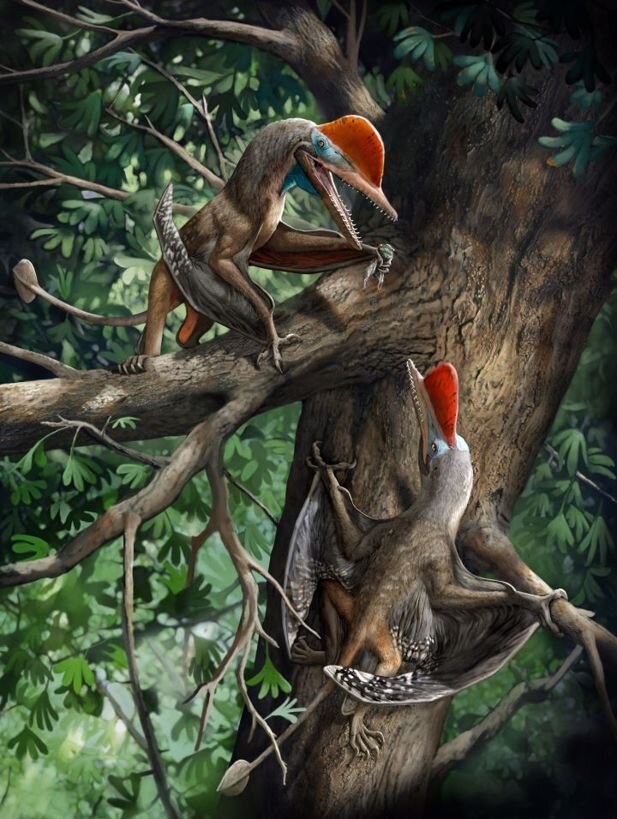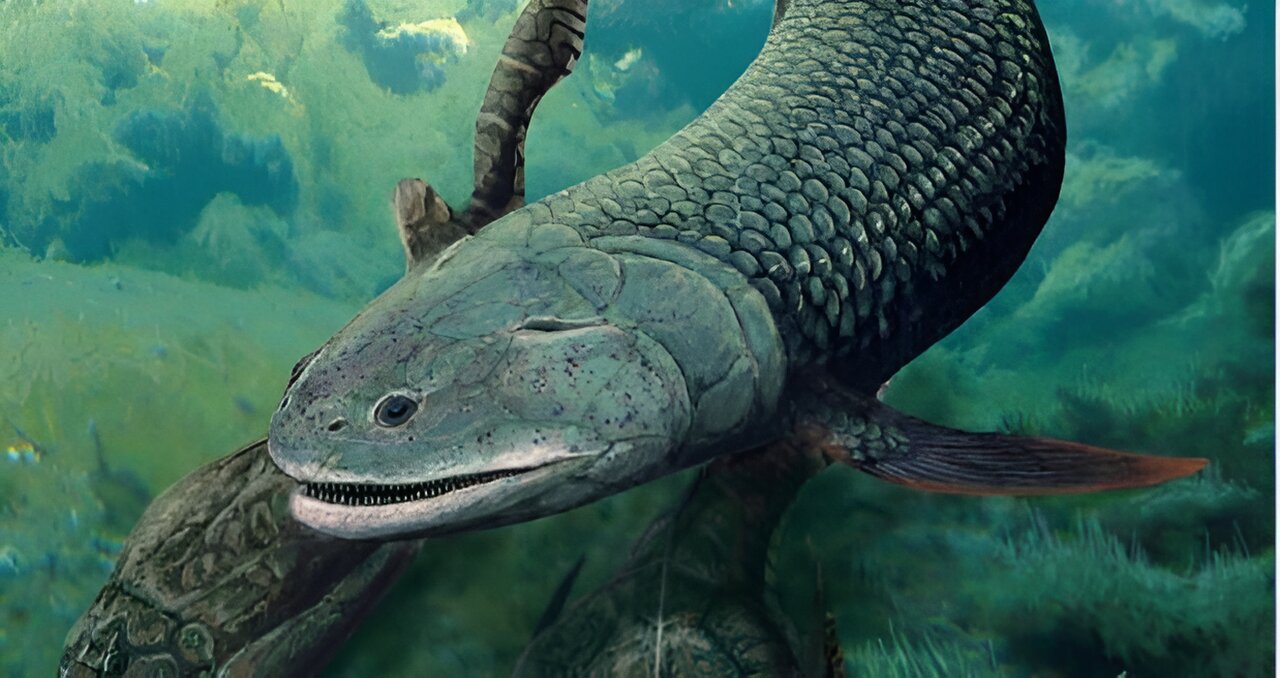Buddha: Life, Teachings, and Legacy
Buddha, also known as Siddhartha Gautama, was a spiritual teacher and founder of Buddhism. Born around the 5th to 4th century BCE in present-day Nepal, he was a prince who renounced his luxurious life to seek enlightenment. After years of meditation and ascetic practices, he attained enlightenment under the Bodhi tree and became known as … Read more



